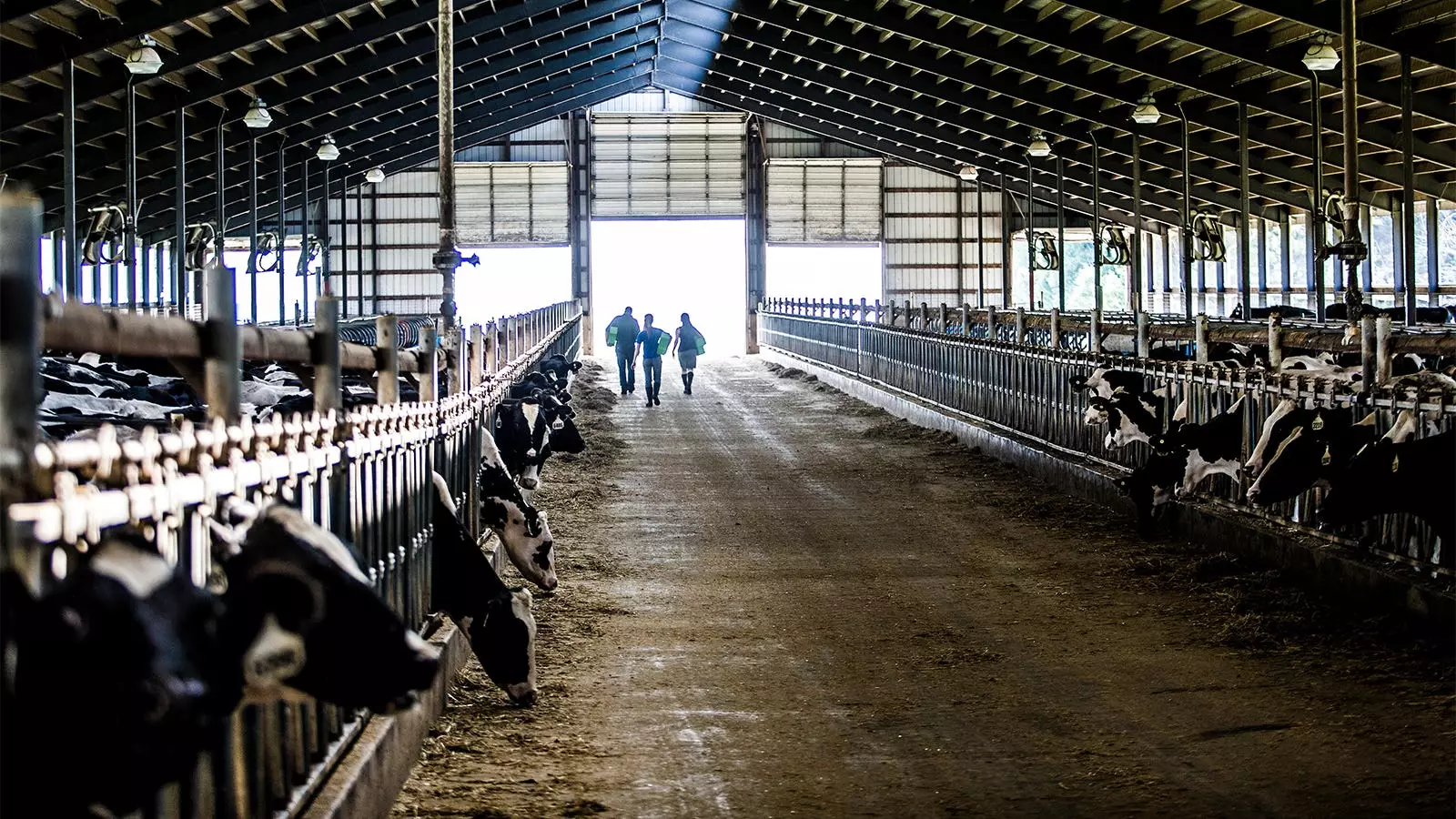The Centers for Disease Control and Prevention (CDC) is taking proactive measures to prepare for the possibility of H5N1 posing an increased risk to human health, despite the current risk remaining low. The agency has expressed concern that the influenza A(H5N1) viruses could potentially evolve in a way that allows for easy infection and efficient spread among people, potentially leading to a pandemic.
Current Monitoring and Research
As of May 22, approximately 350 farm workers are being monitored for illness after being exposed to infected cows or raw cow’s milk containing the virus. Researchers, led by Dr. Shikha Garg from the CDC’s National Center for Immunization and Respiratory Diseases, have reported an increase in the number of persons being monitored. Recently, a dairy farm worker in Texas and another individual in Michigan both developed conjunctivitis associated with H5N1 infection, highlighting the potential risks associated with exposure to infected animals.
A study published in the New England Journal of Medicine demonstrated that mice exposed to raw milk from infected dairy cows quickly showed signs of illness. High levels of the virus were found in the animals’ nasal passages, trachea, and lungs, with moderate-to-low levels in other organs. While pasteurization effectively inactivates the virus, the CDC advises against consuming raw milk or products produced from raw milk to prevent potential exposure.
Clinicians are advised to consider the possibility of H5N1 when evaluating patients presenting with conjunctivitis or respiratory illness following relevant exposure. Individuals with occupational or recreational exposure to infected animals or contaminated materials are at higher risk and should take precautions, such as using personal protective equipment, self-monitoring for symptoms, and seeking medical care promptly if symptoms develop.
Global Surveillance Efforts
The CDC emphasizes the importance of comprehensive worldwide surveillance of novel influenza A virus cases to monitor any developments that may increase the risk to human health. While current influenza activity surveillance has not detected any unusual changes, the CDC is actively monitoring trends and collaborating with commercial laboratories to enhance the testing and subtyping of influenza viruses.
Although the current risk of H5N1 viruses to the general public in the United States is low, the CDC underscores the need for preparedness in case of an influenza pandemic. The agency is closely monitoring developments and working on potential diagnostic tests to be readily available if needed.
The CDC’s proactive approach to monitoring, research, and preparedness is essential in addressing the potential risks associated with H5N1 and other novel influenza viruses. By staying vigilant and implementing preventative measures, the agency aims to safeguard human health and minimize the impact of any potential outbreaks.

Leave a Reply